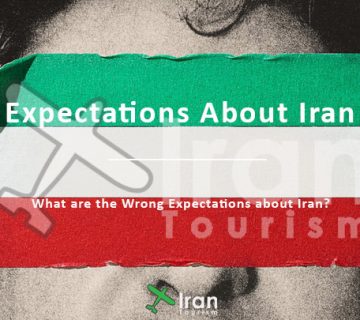Iran has made significant progress in the field of Education and literacy over the past fifty years. According to Iran Travel Guide Center the general statistics of literacy rates in Iran from 1335 to 1390 are as follows:
- The year 1335: 15%
- The year 1345: 28%
- The year 1355: 47%
- The year 1986: 61%
- The year 1375: 75%
- The year 1385: 84%
- The year 1390: 91%
Statistics of the number of educated people in Iran by the figures and graphs
According to statistics provided by Our World in Data website, the percentage of educated people over the age of 15 in Iran from 1976 to 2015 has risen from an average of 36 percent to more than 87 percent.
The following graphs show the statistics of educated men and women over the age of 15 in Iran.
Statistics of male literates in Iran from the last half-century until now
The chart below shows the percentage of literate (not educated) men over 15 years in Iran. Fortunately, this chart shows that in less than fifty years, the number of male literates in Iran has more than doubled.
The comparison of this chart with the next chart shows changing the social life policies of men and women; Because in the not-so-distant past, the right to education and literacy was more up to men, and women had limited choice for study.
Statistics of literate women in Iran from the last fifty years until now
The chart below shows the percentage of literate women in Iran from the last fifty years to 2015. These statistics show that the level of literacy among Iranian women has increased significantly.
The greater freedom of women and the emergence of their social advances, the efforts of literacy movements, and the increase in education funding have been among the factors that have led Women’s education level in less than fifty years will reach more than 3.5 times. This statistic shows the percentage of women who are currently able to read, write, and communicate related to literacy.
Literacy statistics of male and female youth in Iran
Another critical point about a society’s literacy level is the literacy of the young people of that society. Generally, a young person in a community is 15 to 24 years old. The charts below show the percentage of young people who have taken literacy courses over the past 50 years. The first chart is related to young men, and the next chart corresponds to young literate Iranian women.

An interesting result is obtained by comparing these two graphs with the previous two graphs. Since literacy has little to do with getting a degree, it can be seen that from the following period, the role of technology and information transfer tools has played a massive role in increasing the level of literacy in Iranian society.
On the other hand, a comparison of the graphs’ statistics shows that in the last fifty years, two public events have taken place.
First, the population of young people has increased, and second, the efforts of literacy movements to provide education to illiterate adults have borne fruit.
Statistics of educated people in Iran based on Grade
In the following tables, all the statistics you see were by the censuses’ results conducted in 2011. These tables try to summarize the level of education in Iran in people over 15 years old.
Note that the extraction of numbers and figures that you see in the tables below shows the Iranian community over 15 years in 2011, which is approximately equivalent to people over 15 years this year, is considered.
Statistics on youth education
The following chart also shows the number of students at different levels of education from 2008 to 2016. According to this chart, the number of students at the doctoral and postgraduate levels has increased.
The following chart also shows the share of different levels of the country’s educated population from the academic year 2007-2008 to the academic year 2016-2017.
As it turns out, over time, the share of specialist and professional doctorates has increased, and the percentage of master’s degrees has also increased.
Comparison of educated Iranian statistics with world statistics
The chart below shows students at different levels of education in some OECD countries. According to this chart, the United States has the highest number of students per grade. Contrary to expectations, countries such as Mexico and Turkey have more students than the United Kingdom, France, or Germany. The distribution of students at different levels of education is further for some countries.

In some countries, the share of short-term students has increased compared to other countries in the world. For example, in the United States, the number of short-term students is close to the number of undergraduate students. In a country like Germany, however, short courses are not offered.

The employed population of women was 3.9 million people (equivalent to 12.7%) in 2019.








No comment